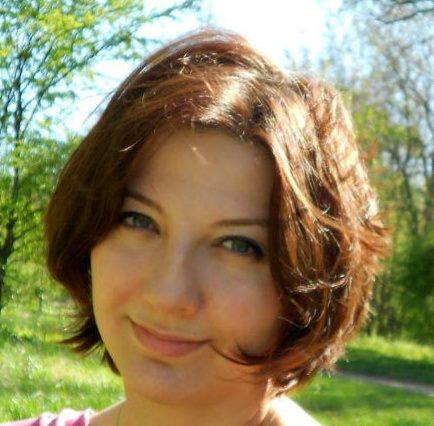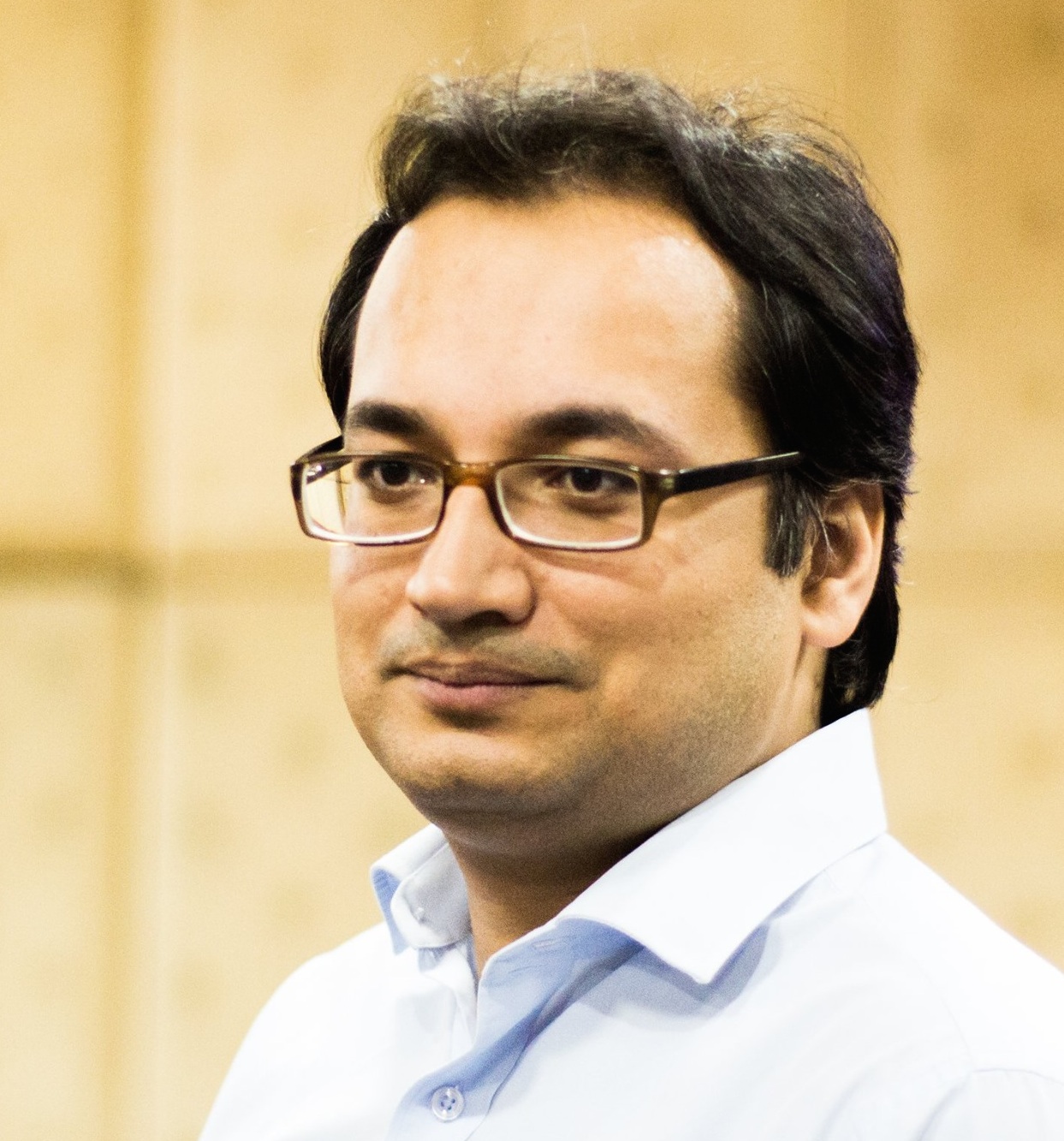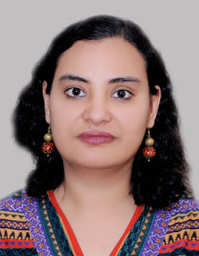Tracks and important dates
General instructions
Format and submission
Papers must not have been previously published, or be in consideration for, any journal, book, or other conference. Papers will be evaluated by members of the program committee based on their originality, technical soundness and presentation quality. Submissions must conform to Springer's LNCS format. Similar to previous editions of SSBSE, the Research Paper Track will follow a strong double blind reviewing process in which the identity of authors will not be known to the program committee at any time during the process. The papers submitted must not reveal the authors' identities in any way.- Authors should leave out author names and affiliations from the body of their submission.
- Authors should ensure that any citation to related work by themselves is written in third person, that is, " the prior work of XYZ" as opposed to " our prior work" .
- Authors should avoid providing URLs to author-revealing sites (tools, data sets). The paper can mention the existence of such sites, but the visit of such sites should not be needed to conduct the review. You can submit, optionally, a zip file or a pdf file containing supplementary material (raw data, data sets, experiments, etc.), which should also be blinded. The program committee will not necessarily consider it in the paper review process.
- Authors should anonymize author-revealing company names, yet can provide general characteristics of the organizations involved needed to understand the context of the paper.
Conference proceedings
Accepted papers will be published in a volume of the Springer Lecture Notes in Computer Science series (LNCS).Special issue for best papers
Following the conference, the authors of the best manuscripts will be invited to extend their papers into full journal papers, for a Special Section of the Information and Software Technology Journal (IST).Research Paper Track
We invite the submission of high quality papers describing novel and original work in all areas of SBSE including, but not limited to, applications of SBSE to novel problems, theoretical analyses of search algorithms for software engineering, rigorous empirical evaluations of SBSE techniques, and reports of industrial experiences.
SSBSE welcomes not only applications of search-based techniques from throughout the software engineering lifecycle. We also invite the application of a broad range of search methods - ranging from exact operational research techniques to nature-inspired algorithms, local search metaheuristics, and simulated annealing.
We particularly encourage papers that report on software engineering applications to which SBSE has not been applied before.
Research papers must have up to 15 pages in length, including all text, figures, references and appendices.
-
Submit
- Abstract Submission
March 15, 2019- March 22, 2019
- Full Paper Submission
March 22, 2019March 29, 2019- April 01, 2019
- Initial decisions and notification – paper improvement process begins for selected papers
- May 3, 2019
- Revised paper submission for selected papers
- May 17, 2019
- Final decisions and notification
- May 31, 2019
- Camera–ready submission
- June 15, 2019
Journal First Track
Call for Contributions
This year SSBSE welcomes authors of papers accepted in relevant journals to present and discuss their work directly with the community.
Scope
A journal-first presentation must adhere to the following criteria:
- The accepted paper version was submitted to a journal in 2017 or later.
- The paper is in the scope of the conference.
Submission
Authors of manuscripts that respect these criteria are invited to submit a one-page presentation proposal consisting of the paper title, authors, an extended abstract and a pointer to the original journal paper.
Evaluation
The presentation proposals are evaluated in terms of contributions to and relevance to the community. An award will be given to the outstanding paper.
Presentation
At least one author of each presentation accepted for the journal-first program must register and attend the conference to present the paper.The journal-first manuscripts are published through the journals and will not be part of the SSBSE proceedings. The journal-first papers will be listed in the conference program and the proceeding will only contain the abstract and a pointer to the journal publication.
-
Submit
- Submission
May 1, 2019- May 24, 2019
- Notification
- June 1, 2019
Short & Student Track
The Short and Students Track at SSBSE 2019 is a forum to present interesting results and novel ideas in the search-based software engineering (SBSE) field. The track provides an opportunity for researchers to receive feedback on their new research ideas or results in an early stage of investigation. Early career researchers and PhD students are particularly encouraged to present inspiring research efforts that push the boundaries of SBSE. This forum provides an opportunity for researchers to present and discuss ground breaking results, tools under development, experience reports, or position papers. It also helps students to showcase their SBSE research and receive feedback from senior members of the SBSE community.
You are encouraged to submit your work that provides:
- innovative results that may open new research directions in SBSE;
- new ideas that can be further explored by emerging SBSE community;
- new perspectives that call into question long held beliefs or conventions;
- visions of new directions in SBSE; and,
- novel interdisciplinary synergies.
Short & Student papers should address the following questions:
- Why is the problem worth exploring?
- What is the potential for disruption of current practice?
- What makes the approach original?
- Is the proposed approach sound and feasible?
- Has the relevant literature been covered?
Papers submitted to this track should not exceed 6 pages in length and should be prepared for double-blind review following the symposium general instructions.
-
Submit
- Abstract Submission
May 10, 2019- May 17, 2019
- Paper Submission
May 17, 2019- May 24, 2019
- Author Notification
- June 14, 2019
- Camera Ready Submission
- June 21, 2019
- Chairs
Challenge Track
Call for Participation
We challenge everyone interested in SBSE to apply tools, techniques, and algorithms to our selected programs. We want you to apply your SBSE expertise to do interesting things to or with the software and uncover interesting things related to it.
The SSBSE Challenge Track, held in coordination with the SSBSE Symposium, is an exciting opportunity for SBSE researchers to apply tools, techniques, and algorithms on real-world software. Participants can use their SBSE expertise to do interesting things to open source development projects and uncover interesting things related to them. The principal criterion is to produce interesting results. The entrants of the SSBSE Challenge Track will compete for cash prizes totaling 1000€.
Submitting to the Challenge Track
In order to participate, you should:- Focus your investigation on one of the selected programs (see below).
- Report your findings in a six-page paper using the regular symposium format.
- Submit the challenge paper on or before the deadline.
- If your paper is accepted, present your findings at SSBSE 2019.
It is not mandatory for submissions to the SSBSE Challenge track to implement a new tool, technique, or algorithm. However, we do expect that applying your existing or new tools/techniques/algorithms to one of the challenge programs lead to relevant insights and interesting results.
Each submission must include a replication artifact aimed at helping reviewers make more informed decisions on acceptance and award. After the submission deadline, the track chairs will contact authors requesting a download link for their artifact package, which will then be shared with the assigned reviewers ensuring the review process remains double-blind.
The criteria for paper acceptance are the following:- Application of an SBSE technique to one of the programs below.
- Technical soundness.
- Reproducibility (artifact evaluation).
- Readability and presentation.
Challenge Programs
Participants are invited to investigate and report upon one of the following open source projects. You are free to focus on any particular version or a comparison of different versions; you can also choose to analyse, test, improve, or apply any other SBSE-based activities to either parts or the whole of a project, including source code, documentation, or any other related resources (bug database, versioning histories, online discussions, etc.) that can be found freely available online.
LibreOffice is a large open-source productivity suite, implemented in several languages including C++, with a total of 8 MLOC. The project incorporates three levels of regression testing.
SQLite is arguably the most popular database in the world. It is designed for efficiency, simplicity, and can be deployed as a single C source code file. The project incorporates 338 KLOC and three separately developed test suites.
Gson is a Java library that can be used to convert Java Objects into their JSON representation and to convert JSON strings to equivalent Java objects. Gson can work with arbitrary Java objects including pre-existing objects for which you do not have source-code.
Flask is a very popular minimalist web framework for Python, with 9 KLOC. It comes with an extensive test suite.
MyExpenses is an Android app designed to keep track of your expenses and incomes, and to export them as QIF files into a desktop finance tool.
Submission Details
The papers must be at most six pages long in PDF format and should conform at time of submission to the SSBSE/Springer LNCS format and submission guidelines. They must not have been previously published, or be in consideration for, any journal, book, or other conference. Please submit your challenge paper to EasyChair on or before the Challenge track deadline. At least one author of each paper is expected to present it at SSBSE 2019. Papers for the Challenge track are also required to follow the double blind restrictions. All accepted contributions will be published in the conference electronic proceedings.
Challenge Track Jam Session
The SSBSE Challenge track is a good opportunity for new researchers to join the SBSE community and develop a taste and gain practical expertise in the field. It also allows researchers to apply techniques and tools to real-world software and to discover novel practical (or even theoretical) challenges for future work.
The CREST centre at UCL is a long-standing contributor of accepted papers to the Challenge Track. Their sustained success can be attributed in part to the organisation of a Jam Session in preparation for the Challenge Track submission deadline, as part of the CREST Open Workshops (COW) (See 2017 edition). This Jam Session runs over two consecutive days and is open to the public. Matheus Paixão and David White, former organisers of the session at CREST, kindly agreed to share their methodology with the goal of motivating other research groups to replicate their efforts in producing successful Challenge Track submissions:
- The organiser of the session overviews the Challenge Track call (e.g., describing how challenge track papers differ from technical research papers, subject systems, prizes, format and deadline).
- The organiser leads a technical discussion on the Challenge Track's proposed systems, with emphasis on their amenability for SBSE techniques and tools.
- Attendees brainstorm and propose ideas (potential Challenge Track submissions).
- Ideas are discussed and refined collectively. Attendees sign up for the ones they find more interesting and feasible. A team is formed for each of the most promising ideas; the person who proposed the idea becomes the team leader.
- Break out into teams to turn selected ideas into projects and work on them throughout the first day.
- At the end of the first day, the audience reconvenes, each team reports on their progress, proposes a plan for the second day, and collects feedback.
- Teams continue to work on their projects during the second day. Each team presents the status of their project at the end of the second day. Projects deemed infeasible are abandoned and team members may join other teams.
- At the end of the two-day Jam Session, the team leader is in charge of leading the effort to ensure the project results in a submission to the SSBSE Challenge Track.
Further Information
If you have any questions about the challenge, please email the Challenge Track chairs.
-
Submit
- Submission
- June 1, 2019
- Notification
- June 16, 2019
- Camera Ready
- June 21, 2019
- Chairs



